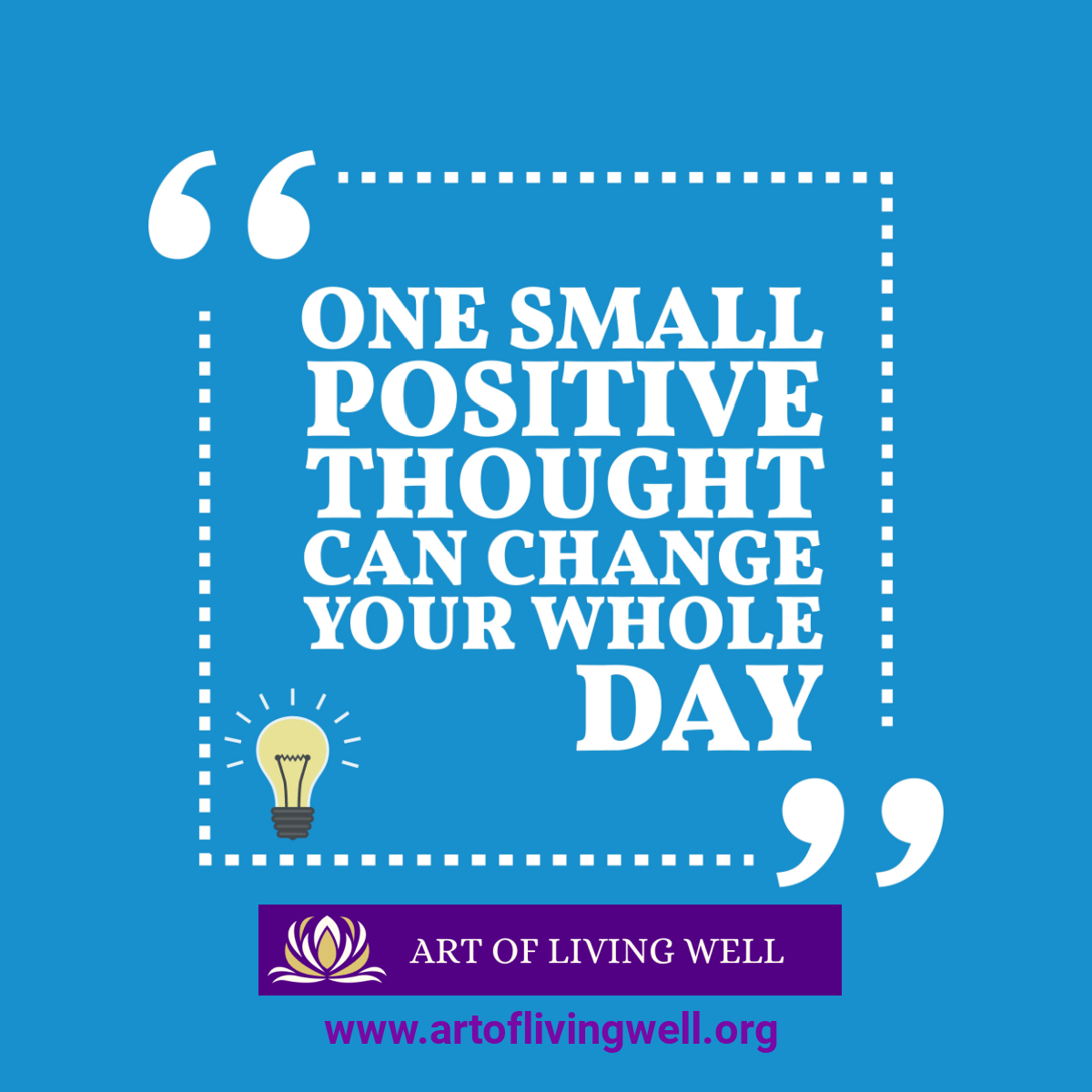Positive thinking has long been recognized as a powerful tool in improving our mental and physical well-being. It is the practice of focusing on the good in any given situation, approaching challenges with optimism, and maintaining a positive outlook on life. In this article, I will explore the numerous benefits of positive thinking and how it can transform our lives for the better. From improved mental health to enhanced physical well-being, positive thinking has the potential to unlock a healthier and more fulfilling life.
The Science Behind Positive Thinking
At first glance, it may seem challenging to think positively, especially when faced with life's inevitable difficulties. However, scientific research has shown that our thoughts have a profound impact on our external realities. Neuroplasticity, the brain's ability to change and evolve based on our experiences, plays a crucial role in shaping our thought patterns. When our thoughts are repetitive, our brain forms new connections and associates them with specific behaviors, turning them into habits. This means that by consciously practicing positive thinking, we can rewire our brains and train ourselves to have a more positive outlook.
Neuroplasticity is a powerful tool that can be used to improve our lives in many ways. By understanding how the brain changes and adapts, we can develop strategies to promote neuroplasticity and optimize our cognitive function and mental well-being. One of the key benefits of positive thinking is its ability to improve our ability to manage stress. When faced with challenging situations, a positive mindset allows us to approach them with a greater sense of calm and optimism. This, in turn, reduces the harmful effects of stress on our body and mind. By reframing negative thoughts and focusing on the positive, we can effectively manage stress and maintain a healthier mental state.
Understanding Neuroplasticity
Neuroplasticity, is the ability of the brain to change and adapt throughout life. It is a complex process that involves structural and functional changes to the brain's neural networks. Neuroplasticity is essential for many aspects of human development and function. It allows us to learn new things, adapt to new situations, and recover from brain injuries. For example, when we learn a new skill, such as playing a musical instrument or speaking a new language, our brains create new neural connections and pathways. These connections become stronger and more efficient with practice.
Neuroplasticity can also be used to improve our cognitive function and mental health. For example, research has shown that cognitive training programs can help to improve memory, attention, and executive function. Additionally, mindfulness meditation has been shown to increase plasticity in the brain's prefrontal cortex, a region associated with attention, emotion regulation, and decision-making.
The Physical Benefits of Positive Thinking
Not only does positive thinking improve our mental health, but it also has significant physical benefits. Studies have shown that individuals with a positive outlook on life have a longer life span and a reduced risk of developing chronic illnesses such as heart disease, stroke, and respiratory conditions. Positive thinking has been linked to better cardiovascular health, lower blood pressure, and a stronger immune system. By maintaining a positive mindset, we can enhance our physical well-being and improve our overall quality of life.

Now that we understand the benefits of positive thinking, let's explore some strategies and techniques to cultivate a more positive mindset in our daily lives. These practices can help us shift our perspective, reframe negative thoughts, and embrace a more optimistic outlook.
1. Gratitude Practice
One of the most effective ways to cultivate positive thinking is through a gratitude practice. Taking the time to acknowledge and appreciate the positive aspects of our lives can significantly impact our overall well-being. Consider keeping a gratitude journal, where you can write down three things you are grateful for each day. This simple practice can help shift your focus towards the positive and train your mind to seek out the good in every situation.
2. Mindfulness and Meditation
Practicing mindfulness and meditation can help us become more present and aware of our thoughts and emotions. By observing our thoughts without judgment, we can identify negative patterns and replace them with positive affirmations. Regular meditation can also reduce stress, improve focus, and enhance overall mental well-being. It allows us to create a space for positivity and cultivate a sense of inner peace.
3. Surround Yourself with Positive Influences
Surrounding yourself with positive influences is essential for maintaining a positive mindset. Seek out supportive and uplifting relationships, whether it's friends, family, or mentors. Engage in activities that bring you joy and inspire you. Surrounding yourself with positivity can have a contagious effect, reinforcing your own positive thinking and creating a supportive environment for personal growth.

Self-compassion is a vital component of positive thinking. Treat yourself with kindness, understanding that no one is perfect and that making mistakes is a natural part of life. Practice self-care and prioritize your well-being. By nurturing yourself and practicing self-compassion, you can cultivate a more positive self-image and embrace a more positive outlook on life.
PRO TIP! Grab Art of Living Well's Self Love Handbook ebook for only $8.95 now!
5. Visualization and Affirmations
Visualization and affirmations are powerful tools for cultivating positive thinking. Visualize your goals and dreams as if they have already been achieved, allowing yourself to feel the positive emotions associated with them. Repeat positive affirmations to yourself daily, reinforcing positive beliefs and challenging negative self-talk. By consistently visualizing and affirming positive outcomes, you can rewire your brain to embrace a more positive mindset.
Harnessing the Power of Positive Thinking in Everyday Life
Positive thinking is not just a fleeting mindset; it is a way of life. By harnessing the power of positive thinking in our everyday lives, we can unlock its full potential and reap the benefits it offers. Incorporate these practices into your daily routine to foster a positive mindset and enhance your overall well-being. Remember, positive thinking is a skill that can be developed with practice and perseverance. Embrace the power of positive thinking and watch as it transforms your life for the better.
Conclusion
Positive thinking has the power to transform our lives, both mentally and physically. By cultivating a positive mindset, we can improve our mental health, enhance our physical well-being, and attract positive circumstances into our lives. Through gratitude practices, mindfulness, surrounding ourselves with positive influences, practicing self-compassion, and utilizing visualization and affirmations, we can harness the power of positive thinking in our daily lives. Embrace the benefits of positive thinking and unlock a healthier, more fulfilling life. Remember, positive thinking is a choice, and it is never too late to start cultivating a more positive mindset.
Bonus! Real Life Examples of Positive Thinking

Here are some real-life examples of positive thinking:
- Nelson Mandela: After spending 27 years in prison for his fight against apartheid, Nelson Mandela went on to become the first black president of South Africa. He was known for his positive attitude and his belief in reconciliation and forgiveness.

- J.K. Rowling: J.K. Rowling was a single mother living on welfare when she wrote the first Harry Potter book. She was rejected by 12 publishers before Bloomsbury finally agreed to publish the book. Rowling went on to become one of the most successful authors in the world.

- Nick Vujicic: Nick Vujicic was born without arms or legs. He overcame many challenges to become a successful motivational speaker and author. He is an inspiration to millions of people around the world.
- Malala Yousafzai: Malala Yousafzai was shot in the head by the Taliban for advocating for girls' education. She survived the attack and went on to become the youngest Nobel Prize laureate. She is a powerful advocate for education and human rights.
These are just a few examples of people who have used positive thinking to overcome challenges and achieve their goals. Positive thinking is not a magic bullet, but it can help us to stay motivated, resilient, and hopeful in the face of adversity.


